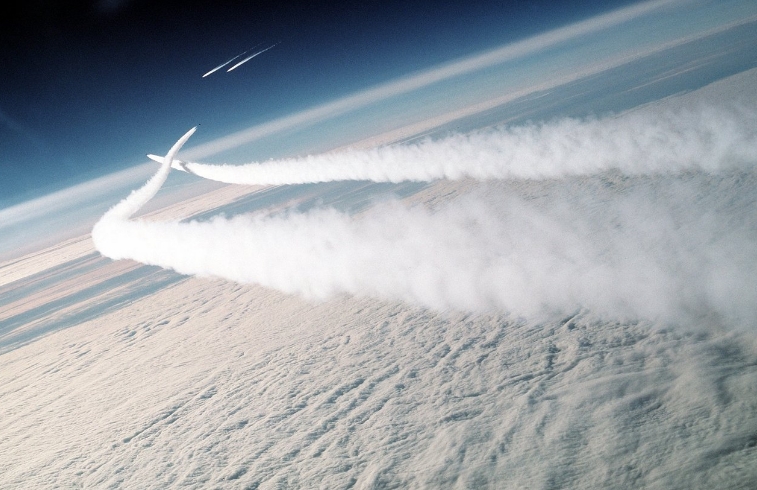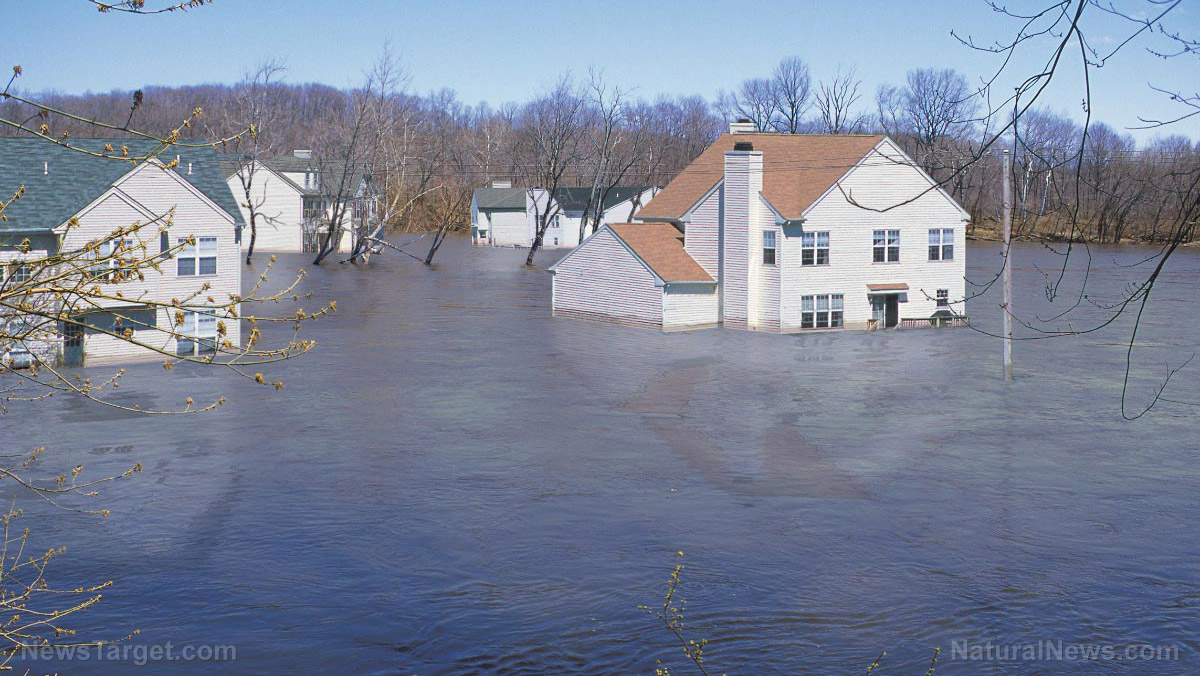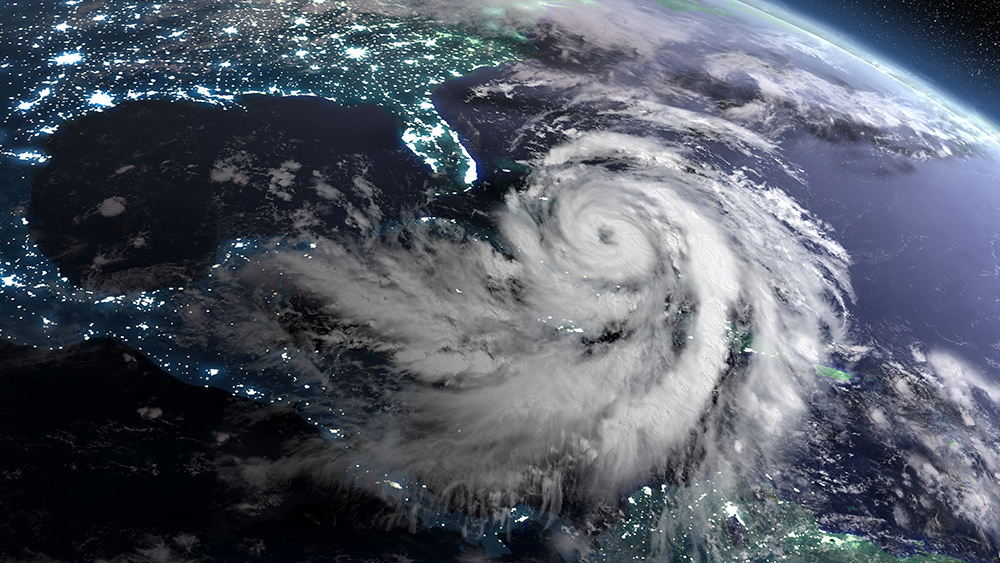Mention the term “weather modification” in polite company and you’re likely to be immediately dismissed as some kind of conspiracy nut.
But the truth is that weather modification technology has been in use throughout the world for decades and lately has become a burgeoning industry with more and more countries investing millions in cloud seeding operations used mainly to stimulate rainfall in arid or drought-stricken regions.
In fact, China has just announced its approval of a 1.15 billion yuan ($168 million) scheme to modify the weather over a vast portion of the country – an area nearly double the size of France – in hopes of increasing precipitation and helping the targeted regions with “ecological security, water resource allocation, drought-fighting and forest fire prevention.”
From the South China Morning Post:
“According to the National Development and Reform Commission, a feasibility study by the China Meteorological Administration found that rainfall and snow could be increased in an area of 960,000 sq km, 10 percent of the country’s territory if the proposed investments were made.
“The NDRC approved the budget to buy four new planes, upgrade eight existing aircraft, develop 897 rocket launch devices and connect 1,856 devices to digital control systems. The whole project will take three years.”
The undertaking is merely a continuation and expansion of China’s ongoing weather modification program, which has been utilized not only to stimulate rainfall in drought areas, but to clear the air of pollution – the sunny weather conditions during the 2008 Beijing Olympics are credited to the use of cloud-seeding efforts to divert rain clouds away from the events.
Last summer, the Chinese government approved the allocation of 199 million yuan ($29.76 million) for cloud seeding projects, but has now decided to invest even more in response to recent “extreme weather events.”
From the Daily Mail:
“The Ministry of Finance said the additional funding had been made available in order to help China’s regions respond to the large number of ‘extreme weather events’ this year, including heavy flooding in south and central regions as well as drought in the northwest.”
The new funding will pay for cloud seeding operations in China’s arid northwest, a region that includes the provinces of Inner Mongolia, Gansu, Shaanxi, Qinghai, Ningxia and Xinjiang.
It is estimated that between 2008 and 2016, China’s weather modification program has generated an increase in precipitation totaling 55 billion cubic meters – roughly the equivalent of one and a half times the amount of water contained in the Three Gorges reservoir.
Cloud seeding, a technology that relies on the use of a catalyst – such as silver iodide – to stimulate the formation of raindrops within a cloud, has been in use for decades and has been deployed for both military and civilian purposes.
During the Vietnam War, for example, the United States became the first country to engage in “weather warfare” using cloud seeding technology in an attempt to exacerbate the effects of monsoons, which in turn would theoretically serve to thwart the movement and fighting ability of enemy forces.
The extent to which the United States’ and other countries’ military forces are currently involved in weather modification warfare research and applications is unknown, but one thing we do know is that at least 52 countries are now using weather modification for peacetime purposes.
Weather modification is becoming big business and one that will likely continue to expand worldwide. One of the big questions is how this will affect global weather patterns – if you make it rain in one place, it stands to reason that there will be less rainfall somewhere else.
That’s an oversimplification, of course, but it would be foolish to believe that widespread, large-scale cloud seeding operations would not have some sort of an effect on even larger-scale weather patterns.
Is man-made weather really a good idea? Either way, it seems we’ll be finding out the answer to that question soon enough – whether we like it or not.
Sources:
DailyMail.com
SMCP.com
TheSun.co.uk
Nordic.BusinessInsider.com


















